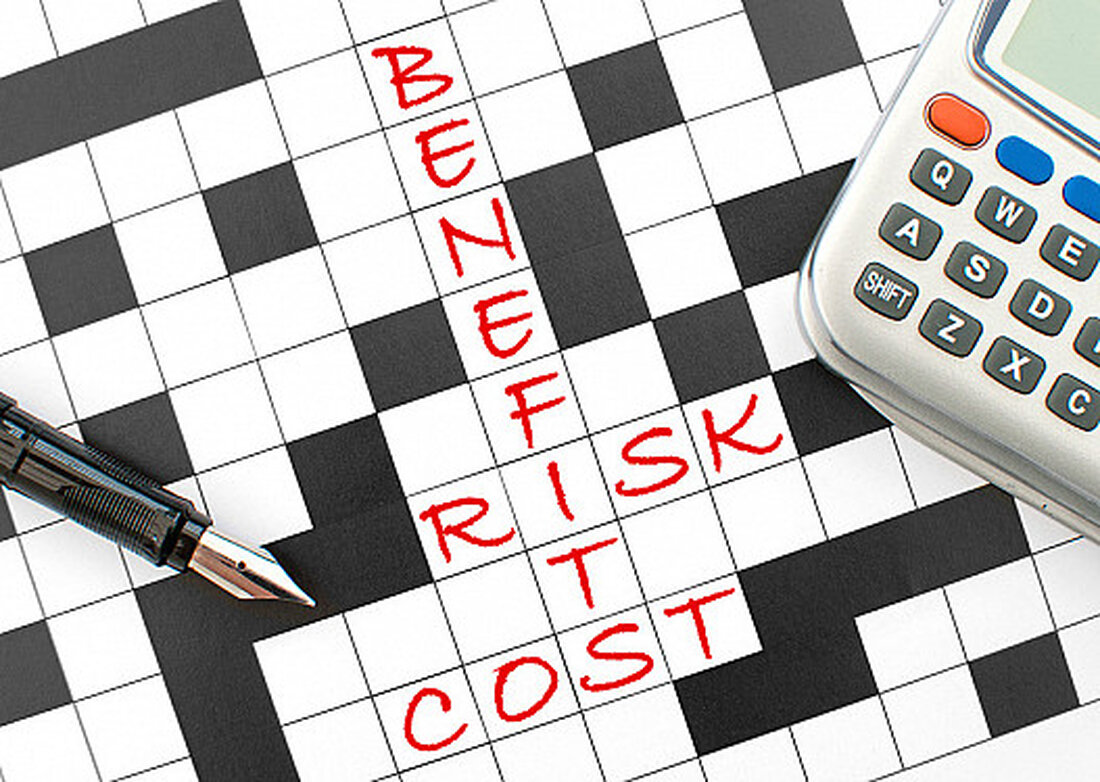Cholesterol Guidelines Update: Heart Risk Calculator Controversy
It's been a topsy-turvy few days in the world of heart health and disease. Last week, the American Heart Association and the American College of Cardiology released new guidelines that upended previous recommendations for taking a cholesterol-lowering statin. A few days later, two Harvard doctors questioned the accuracy of the calculator included in the guidelines, saying it would lead many people to take a statin unnecessarily. The story made headlines in the New York Times and led to a closed-door review by the policy committee. The calculator controversy is said to...

Cholesterol Guidelines Update: Heart Risk Calculator Controversy
It's been a topsy-turvy few days in the world of heart health and disease. Last week, the American Heart Association and the American College of Cardiology released new guidelines that upended previous recommendations for taking a cholesterol-lowering statin. A few days later, two Harvard doctors questioned the accuracy of the calculator included in the guidelines, saying it would lead many people to take a statin unnecessarily. The story made headlines in the New York Times and led to a closed-door review by the policy committee.
The calculator controversy is intended to improve this useful tool. I just hope it doesn't make people distrust the guidelines, which I believe will help prevent more heart attacks, strokes and premature deaths than previous ones.
How the new guidelines are changing things
The previous guidelines recommended that people take a statin if their harmful LDL cholesterol levels were above a certain level. The guidelines also recommended that many people lower their LDL levels to 70 milligrams per deciliter (mg/dL), even if that meant taking a statin and other medications, a strategy that has never been proven to prevent heart attack or stroke.
The new guidelines no longer focus on “the numbers,” but instead focus on the risk of heart disease or stroke. Taking a stat is now recommended for:
- jeder, der eine Herz-Kreislauf-Erkrankung hat, einschließlich Angina (Brustschmerzen bei körperlicher Betätigung oder Stress), einen früheren Herzinfarkt oder Schlaganfall oder eine andere verwandte Erkrankung
- jeder mit einem sehr hohen Gehalt an schädlichem LDL-Cholesterin (im Allgemeinen ein LDL über mehr als 190 mg/dL)
- jeder mit Diabetes im Alter zwischen 40 und 75 Jahren
- jeder mit einer Wahrscheinlichkeit von mehr als 7,5 %, in den nächsten 10 Jahren einen Herzinfarkt oder Schlaganfall zu erleiden oder eine andere Form von Herz-Kreislauf-Erkrankung zu entwickeln.
The calculator included in the guidelines aims to estimate a person's chances of developing atherosclerotic cardiovascular disease (ASCVD) over the next 10 years. ASCVD includes atherosclerotic heart disease (myocardial infarction, stroke, chest pain known as angina, or severely narrowed coronary arteries), peripheral arterial disease, and stroke or transient ischemic attack. To do this, the calculator uses nine pieces of information - gender, age, race, total cholesterol, HDL cholesterol, systolic blood pressure, current treatment for high blood pressure, diagnosis of diabetes, smoking habits. The new guidelines recommend a statin for apparently healthy people with a risk of 7.5% or higher.
Cardiologist Paul Ridker and epidemiologist Nancy Cook, both at Harvard Medical School, say the calculator likely overestimates the risk of ASCVD for many people. Such an overestimation would mean that millions of otherwise healthy people would be taking a statin long-term with no health benefit but with the real possibility of harmful side effects.
Decide who needs a statin
The calculator controversy doesn't affect anyone in categories 1, 2, or 3 above. For them, a significant amount of research has shown that the benefits of taking a statin far outweigh the risks. It affects those who have not yet developed visible forms of ASCVD.
For example, what if your LDL is high, say 150 mg/dL, and the calculator says you have an 8% risk of developing ASCVD in the next 10 years? The new guidelines say “take a statin.” But guidelines are just that – information to guide a decision, not to dictate it. The best approach for such individuals is to have a discussion with a trusted doctor.
Some of my patients would prefer not to start taking medication in this situation. I would advise them to try healthier eating habits like a Mediterranean diet and exercise more. Lifestyle changes should always be a priority – even if a statin is needed. Others will prefer to start taking a statin and I would agree with that decision.
One of the things the new guidelines have made clear is which statin to use. There are seven on the market: atorvastatin (generic, Lipitor), fluvastatin (generic, Lescol), lovastatin (generic, Mevacor), pitavastatin (Livalo), pravastatin (generic, Pravachol), rosuvastatin (Crestor), and simvastatin (generic, Zokor). The guidelines say that simvastatin, atorvastatin and rosuvastatin are the ones with the best evidence for preventing heart attack and stroke.
Later, genetic testing can help better assess a person's risk of ASCVD and determine which statin works best. Until then, the new guidelines are a step forward for prevention.
.

 Suche
Suche
 Mein Konto
Mein Konto
